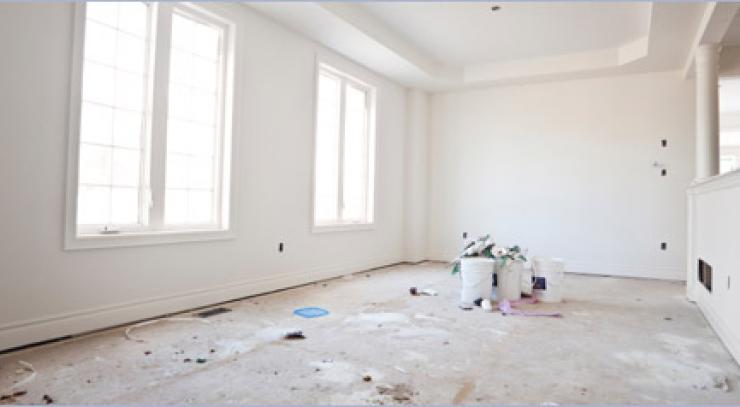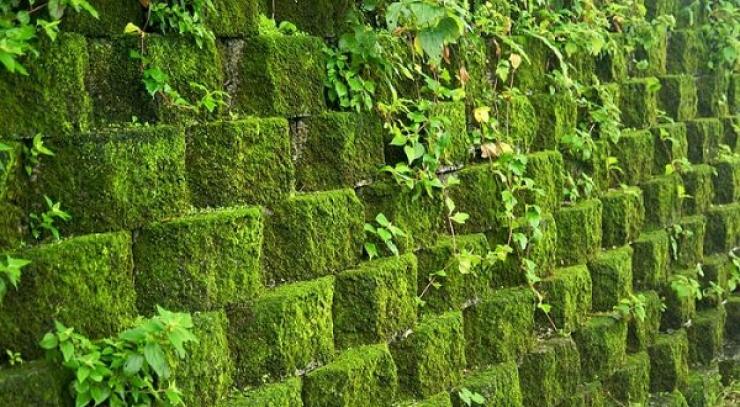Are you in need of a plumbing contractor for your home? If so, it's important to choose the right one. There are many plumbing contractors to choose from, so how do you know who is the best fit for your needs?
When it comes to plumbing, there are many things that you need to know. In this article, we will explore the basics of plumbing and how it works. Read on!
What is Residential Plumbing?
It is the process and equipment used to distribute water, wastewater, and other fluids inside a building. There are different types of plumbing depending on the purpose for which it is being used. Some common types include: water supply, water distribution, drainage, waste disposal, and gas lines.
How Does Plumbing Work at Home?
It is the system that delivers water, wastewater, and other essential services to individual homes. Its two main functions are supplying water to fixtures in a home, like taps and toilets, and removing wastewater from the home.
The water supply line enters a home through an exterior meter box. The meter records how much water is used each day, and sends this information over a telephone line to the main water distribution line. The distribution line travels through the walls of the house to all of the faucets and toilets.
The wastewater collection system consists of two lines: one enters the house through an exterior drain pipe, and the other enters beneath the floor through a sanitary sewer connection. Both lines travel together to a sewage treatment plant where waste is cleaned before it is released into waterways.
What are the Different Types of Residential Plumbing?
There are a variety of different types of plumbing in your home, each with its own specific purpose. These are:
1. Sewer: A sewer is a type of plumbing used to convey wastewater from homes, businesses, and other buildings to a centralized sewage disposal facility.
2. Drain: A drain is a type of plumbing used to remove water, grease, and other material from a confined space, such as a basement.
3. Faucet: A faucet is a plumbing fixture used to dispense water or other liquid substances from an open container or spout.
Why Should You Have a Plumbing System At Home?
A plumbing system is an essential part of any home. A properly functioning plumbing system allows water, sewage, and other fluids to flow freely and efficiently throughout the house, keeping everything clean and in working order.
A good plumbing system can also help reduce the risk of property damage due to leaks or flooding. In addition, this system can enhance the overall comfort and aesthetics of your home.
What are the Risks of Not Having a Functioning Plumbing System At Home?
There are many risks associated with not having a plumbing system in place. Such as;
1. You could flood your home or injure yourself if there is a water leak.
If you experience a water leak, it's important to act quickly to avoid any potential danger. A water leak can cause significant damage to your home.. You could end up flooding your home or injuring yourself if there is a water leak.
2. You could experience a plumbing system failure and have to call a plumber in an emergency.
If you experience a plumbing system failure, you should call a plumber in an emergency. A plumbing system failure can occur for a number of reasons, including clogged pipes, broken pipes, and leaks. If the problem is severe, the water may not be able to reach parts of your home and can lead to flooding.
3. You would have to pay for plumbers to come and fix your system when it breaks down.
If your plumbing system breaks down, you may have to pay for a plumber to come and fix it. This is because plumbing systems are typically not covered by insurance. If your system does break down, don't hesitate to call a plumber for help.
4. You could end up with expensive repairs if you don’t keep your plumbing system in good condition.
It’s important to take care of your plumbing system so that you don’t end up with expensive repairs. If you have any issues with your pipes, water leaks, or sewage backups, don’t hesitate to call a professional. A good maintenance plan can help keep your system running smoothly and prevent any major problems from occurring.
5. You could experience water damage to your home if you don’t have a properly installed plumbing system.
It's important to investigate the cause and get the necessary repairs done as soon as possible. Water damage can occur in a number of ways, and if left untreated, it can cause extensive damage to your home.
One of the most common causes of water damage is a faulty plumbing system. Without a properly installed system, water can easily seep into walls and foundations, causing rot and decay. In addition, faulty pipes can also create leaks that lead to flooding. If you suspect that your plumbing is causing water problems in your home, it's important to get repairs done as soon as possible.
How Do I Choose the Right Plumbing System for My Home?
It is important to choose the system that is best suited for your needs and your home. Here are some tips to help you make the decision:
First, it is important to consider what type of fixture you will be using the system for. Will it be used for bathing, cooking, or both? Each fixture requires a different type of plumbing system.
Next, consider what kind of maintenance you will need to do on the system. Some systems require less maintenance than others; for example, most water lines only require occasional cleaning while gas lines require more attention to avoid gas leaks.
Finally, think about how much money you want to spend on the system. Systems can range in price from free to hundreds of dollars per fixture. It is important to choose one that fits your needs and budget well.
How do I Install a Plumbing System in my Home?
In order to install a plumbing system in your home, you will first need to identify the location of the main supply line. This line may be hidden behind walls or under floorboards; in order to find it, you will need to use a plumbing map.
Once you have located the main supply line, you can begin tracing the corresponding water and drainage pipes. Be sure to mark each pipe with its corresponding location in your home so that future repairs will be easier.
Once all of the pipes have been marked, it is time to start installing them.
First, connect the water line from the main supply into an appropriate basin or faucet. Next, connect the drain line from sink and toilet bowls into an appropriate waste disposal unit. Finally, connect any gas lines that are needed for appliances in the kitchen: either a natural gas line or a stovetop propane tank (if there is one).
A functioning plumbing system is an essential part of any home. It should be installed by a professional plumber who will ensure that everything is up to code and safe for your family. By following these simple steps, you can keep your plumbing system in top condition and avoid costly repairs down the road. Thank you for reading!




























